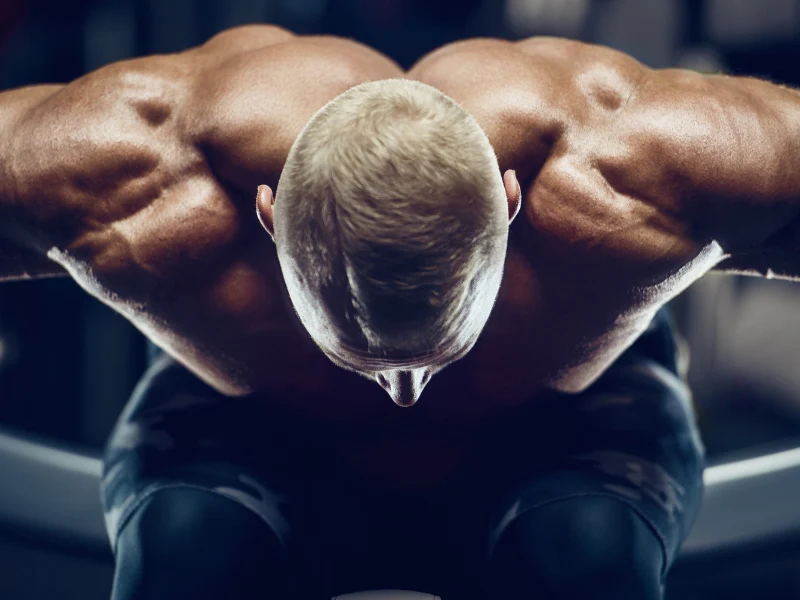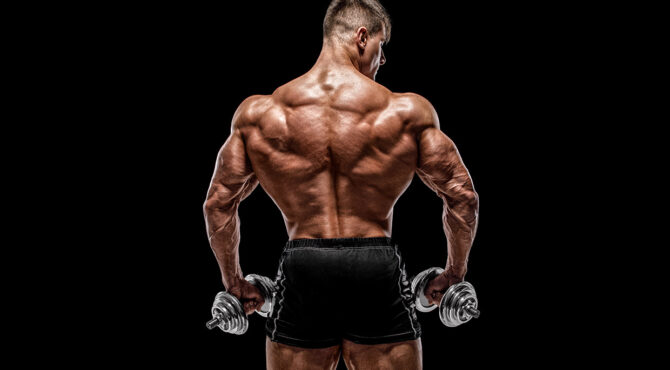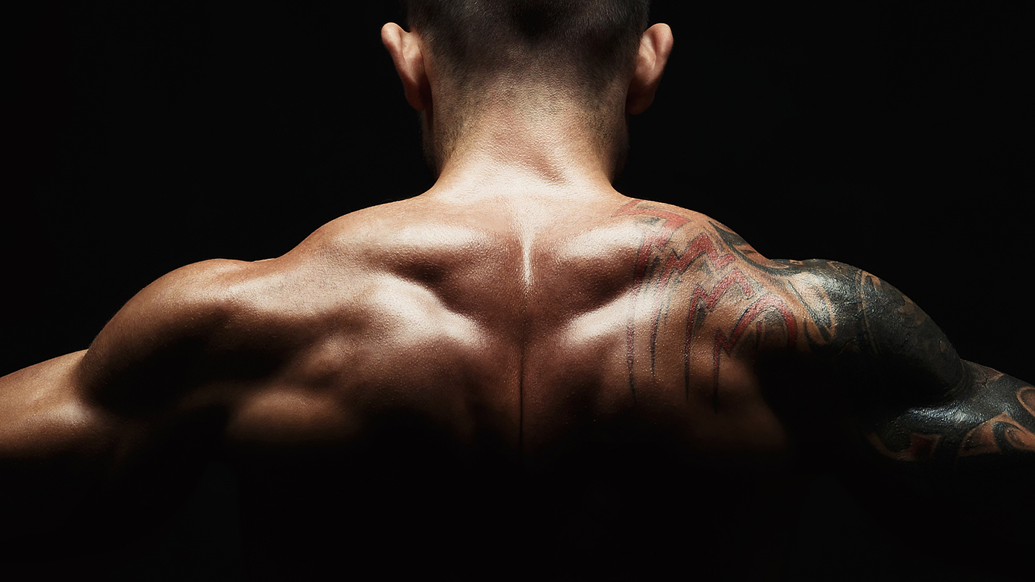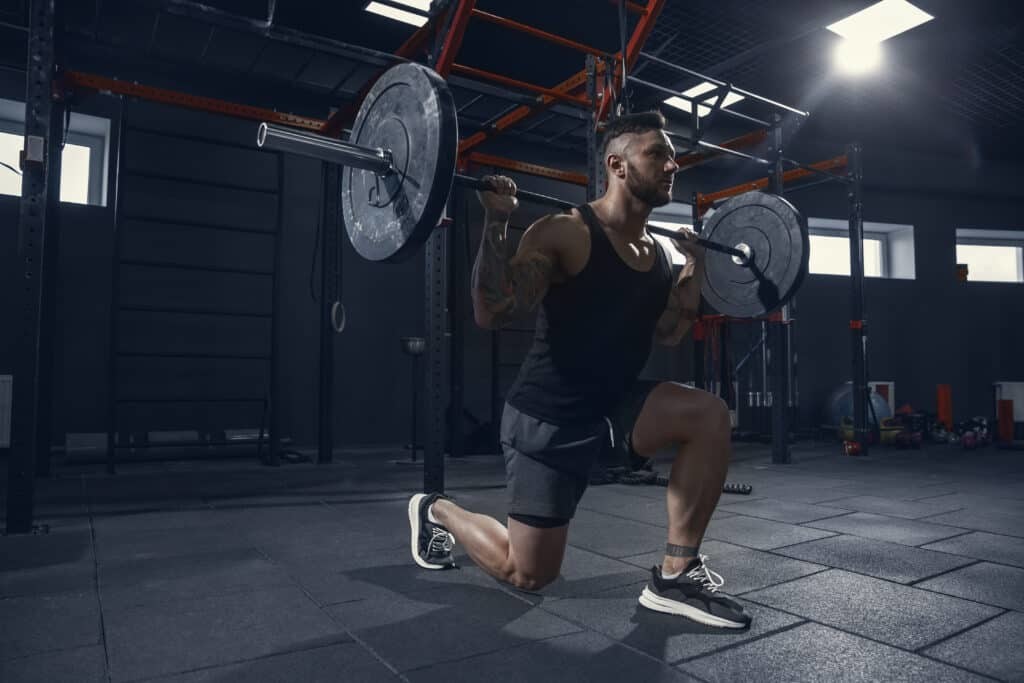The Trapezius Maximus Muscle: Anatomy, Training, and Bodybuilding Legends
The trapezius maximus muscle, commonly referred to as the “traps,” is a major muscle group in the upper back and neck region. It plays a crucial role in posture, shoulder movement, and overall upper-body strength.
We will explore the importance of training the trapezius, the methods bodybuilders use to develop massive traps, the best day to train them, and a look at some of the greatest traps in bodybuilding history.
Understanding the Trapezius Muscle
The trapezius is a large, triangular-shaped muscle that extends from the base of the skull down to the middle of the back and across the shoulders. It is divided into three primary sections:
Upper Traps – These are responsible for shrugging the shoulders and assisting in neck movement.
Middle Traps – These help to retract the scapula, which is essential for proper posture and back movements.
Lower Traps – These are involved in scapular depression, which is crucial for stabilizing the shoulders during various exercises.
Because the trapezius muscle is involved in many upper-body movements, strengthening it can enhance overall athletic performance and reduce the risk of injury.

Is It Worth Training the Traps?
Absolutely! Training the traps offers numerous benefits, including:
- Improved Aesthetics: Well-developed traps create a powerful, dominant upper-body appearance.
- Enhanced Strength: Strong traps contribute to better performance in compound lifts like deadlifts, overhead presses, and rows.
- Injury Prevention: A strong trapezius can help prevent neck and shoulder injuries by providing better support and stability.
- Better Posture: Strengthening the traps helps counteract the negative effects of poor posture, especially for those who sit for long hours.
For bodybuilders and strength athletes, training the traps is essential for overall upper-body development and performance.
How Do Bodybuilders Get Big Traps?
Bodybuilders with massive traps follow specific training principles, incorporating both heavy compound movements and targeted isolation exercises. Here are some of the most effective exercises:
Barbell Shrugs
- The most common trap-building exercise, barbell shrugs focus primarily on the upper traps.
- Perform with a heavy load and controlled movement to maximize contraction.
Dumbbell Shrugs
- Similar to barbell shrugs but allows for a greater range of motion.
- Can be done with different grips (neutral, overhand) to hit various parts of the muscle.
Rack Pulls
- A variation of the deadlift that emphasizes the traps and upper back.
- Using heavy weight, rack pulls help build overall thickness in the upper traps.
Farmer’s Carries
- Holding heavy dumbbells or kettlebells while walking engages the traps for an extended period.
- Enhances endurance and grip strength along with muscle hypertrophy.
Face Pulls
- Targets the middle and lower traps, improving scapular stability.
- Helps counterbalance excessive upper trap dominance.
Power Cleans and High Pulls
- Olympic-style movements that force explosive trap activation.
- Help build functional strength and overall upper-body power.
Reverse Flys and Bent-Over Rows
- Strengthen the middle and lower traps, balancing out trap development.
- Improve posture and prevent muscle imbalances.
Should You Train Traps on Back or Shoulder Day?
There is no single “correct” answer to this question; it depends on personal preference and training structure. However, here are the pros and cons of each approach:
Training Traps on Back Day
Pros:
- The traps are already engaged during deadlifts, rows, and pull-ups, making it efficient to train them alongside the back.
- Allows for a more balanced training split since shoulder day can focus entirely on deltoid development.
Cons:
- If the traps are heavily fatigued after back training, they may not get as much direct work.
Training Traps on Shoulder Day
Pros:
- Many shoulder exercises (such as overhead presses) activate the traps, making it convenient to train them together.
- Allows for better focus on the traps since back day can be demanding.
Cons:
- If the traps are overworked, they may interfere with pressing movements or lead to overuse injuries.
Best Approach:
Some lifters train traps twice a week, hitting them with heavier work on back day and lighter, higher-rep work on shoulder day. This method ensures optimal growth and recovery.

Who Has the Best Traps in Bodybuilding History?
Several bodybuilders have been renowned for their enormous and well-developed trapezius maximus muscles. Here are some of the best:
Ronnie Coleman
- 8-time Mr. Olympia, known for his massive traps that added to his incredible upper-body thickness.
- Heavy deadlifts, shrugs, and power movements contributed to his trap development.
Dorian Yates
- 6-time Mr. Olympia with one of the thickest backs in bodybuilding history.
- His focus on heavy rows and shrugs helped build dense, powerful traps.
Johnnie Jackson
- Often regarded as having some of the best traps in bodybuilding.
- His background in powerlifting contributed to extreme trap hypertrophy.
Markus Rühl
- A mass monster known for his freakish trap size.
- Heavy lifting and high-volume training played a role in his massive traps.
Franco Columbu
- Despite his smaller frame, Franco had impressive traps that stood out in the golden era of bodybuilding.
- Deadlifts and Olympic lifts were a key part of his training.
The trapezius maximus muscle is a vital component of overall upper-body development. Whether you are training for aesthetics, strength, or injury prevention, incorporating trap exercises into your routine is highly beneficial.
By using a combination of heavy compound movements and targeted isolation work, you can build impressive traps like the legends of bodybuilding.
Whether you train them on back day, shoulder day, or both, consistency and progressive overload are key to achieving massive, well-defined traps.



